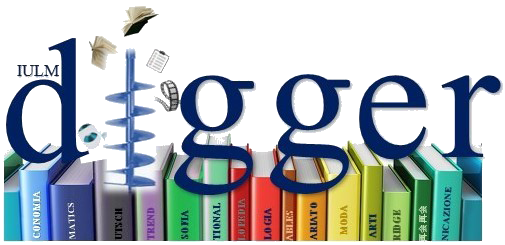From the beginning of the Covid-19 emergency, and for the entire duration of the still ongoing crisis, television has played a central role, especially in the so called «Phase 2», in the media consumption of Italians who have turned to it in search of information. The need to quickly get in tune with the “new” (social, economic and political) reality, created by the Covid-19 emergency, has prompted brands to act according to the so-called real-time marketing, a marketing able to promptly respond to the concerns, challenges, passions of the moment. This advertising has adopted the following as its own: concepts, topics and words from politics and science (the two real protagonists of current television content); the titles of National Guard campaigns (such as #iorestoacasa, #resistiamoinsieme); the social narrations linked to the comments and speeches created by users (such as “#andràtuttobene). There are three mythologies supporting these narrations: the celebration of being Italian and patriotic solidarity, the juxtapositioning of the “inside” (home and family as a safe and warm shelter) and the “outside” (the trenches, a military metaphor shared by media) and the humanization of technology at the service of human affections and emotions. The result has been the creation of advertising communication that, at the end, echoes institutional sources, user generated content and the news instead of being a generator of specific content, consistent with its language and with the peculiar characteristics of metagenre in which entertainment has always played an important role. Even if singularly, in some cases, narrations of some interest have been produced, the cumulative effect of this communication, in its redundant repetition, has become counterproductive for brands and risks making them all the same, insincere and lacking credibility.
La crisi creativa della pubblicità contagiata dal covid, 2020.
La crisi creativa della pubblicità contagiata dal covid
Polesana, Maria Angela
2020-01-01
Abstract
From the beginning of the Covid-19 emergency, and for the entire duration of the still ongoing crisis, television has played a central role, especially in the so called «Phase 2», in the media consumption of Italians who have turned to it in search of information. The need to quickly get in tune with the “new” (social, economic and political) reality, created by the Covid-19 emergency, has prompted brands to act according to the so-called real-time marketing, a marketing able to promptly respond to the concerns, challenges, passions of the moment. This advertising has adopted the following as its own: concepts, topics and words from politics and science (the two real protagonists of current television content); the titles of National Guard campaigns (such as #iorestoacasa, #resistiamoinsieme); the social narrations linked to the comments and speeches created by users (such as “#andràtuttobene). There are three mythologies supporting these narrations: the celebration of being Italian and patriotic solidarity, the juxtapositioning of the “inside” (home and family as a safe and warm shelter) and the “outside” (the trenches, a military metaphor shared by media) and the humanization of technology at the service of human affections and emotions. The result has been the creation of advertising communication that, at the end, echoes institutional sources, user generated content and the news instead of being a generator of specific content, consistent with its language and with the peculiar characteristics of metagenre in which entertainment has always played an important role. Even if singularly, in some cases, narrations of some interest have been produced, the cumulative effect of this communication, in its redundant repetition, has become counterproductive for brands and risks making them all the same, insincere and lacking credibility.| File | Dimensione | Formato | |
|---|---|---|---|
|
15- Pubb-covid Polesana.pdf
Non accessibile
Dimensione
475.37 kB
Formato
Adobe PDF
|
475.37 kB | Adobe PDF | Visualizza/Apri Richiedi una copia |
I documenti in IRIS sono protetti da copyright e tutti i diritti sono riservati, salvo diversa indicazione.



